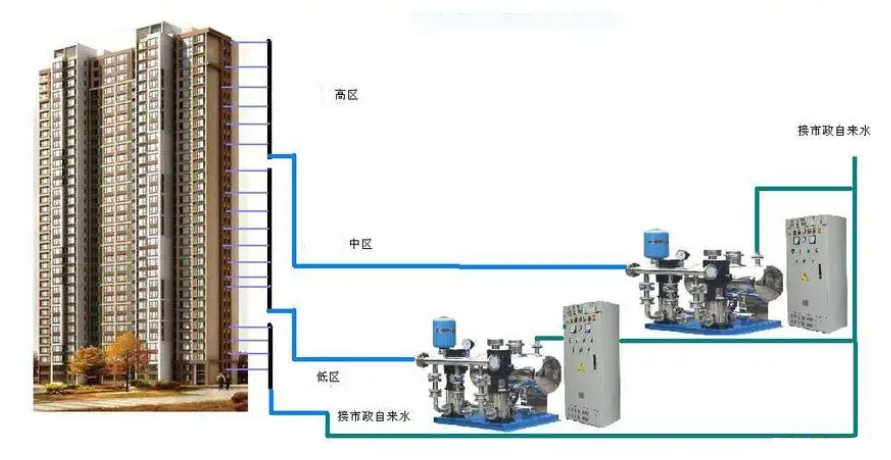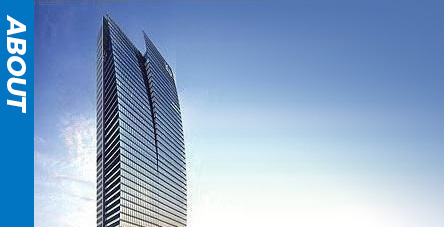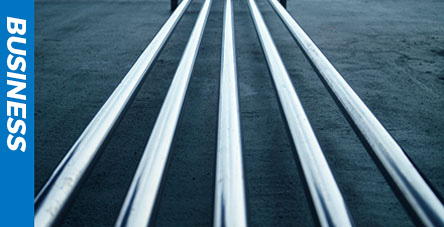With China's economic high speed, the economic level of all parts of the substantial increase in the corresponding super-high-rise commercial and residential buildings are also increasing, how to rationally design the water supply of super-high-rise, but also the major design units in the research and discussion of the issue. At the same time also gives the construction unit and pipeline suppliers put forward higher requirements.

Ultra-high-rise water supply should consider a series of issues such as construction costs, operating costs and maintenance costs and the stability of equipment operation.。
Ultra-high-rise buildings are defined as buildings with more than 40 floors and a height of 1,00 metres or more.Today we're going to learn aboutWater supply programmes for super-high-rise buildings and piping connections!
Layered water supply programme
Most existing building designs over 100 metres use a tiered water supply scheme for the following main reasons:
1, a pump in the end is not energy-saving, in order to supply water to the high level need to increase the pressure of the pump, for the low-level users need to reduce the pressure of the water supply, energy waste!
2. Direct supply requires high quality and pressure bearing capacity of pipelines. When calculating pressure, full consideration should be given to free head, head loss, pump loss, elbow loss, etc. The pipeline must ensure sufficient pressure bearing capacity. High requirements for pumps and pipelines.
3. From the perspective of economic and safety, tiered water supply has lower initial investment and operating costs, making it an ideal water supply model. However, there is a pollution problem with secondary water supply that needs to be addressed.

Design standards for building water supply and drainage
The "Design Standards for Building Water Supply and Drainage" issued by the Ministry of Housing and Urban Rural Development is a national standard with the code GB50015-2019, which will be implemented from March 1, 2020.

According to section 3.5.2 of this standard, indoor water supply pipelines should use corrosion-resistant and easy to install reliable pipe materialsStainless steel pipe are placed in the preferred location; At the same time, it is emphasized that plastic pipes should not be used for water supply risers in high-rise buildings.
Pipeline connection standards
The current mainstream standards for connecting pipes used in water supply pipelines, GB/T19228.1, GB/T19228.2, CJ/T151, and CJ/T152, involve pressures not exceeding PN16.
For super high-rise water supply, considering the pressure bearing capacity of the pipeline and the safety of the system, it is recommended to use flange connection or welding.


















 Official WeChat
Official WeChat
 Service Hotline
Service Hotline
 Mayer Stainless Steel Pipe Website
Mayer Stainless Steel Pipe Website Carbon Steel Processing Website
Carbon Steel Processing Website


